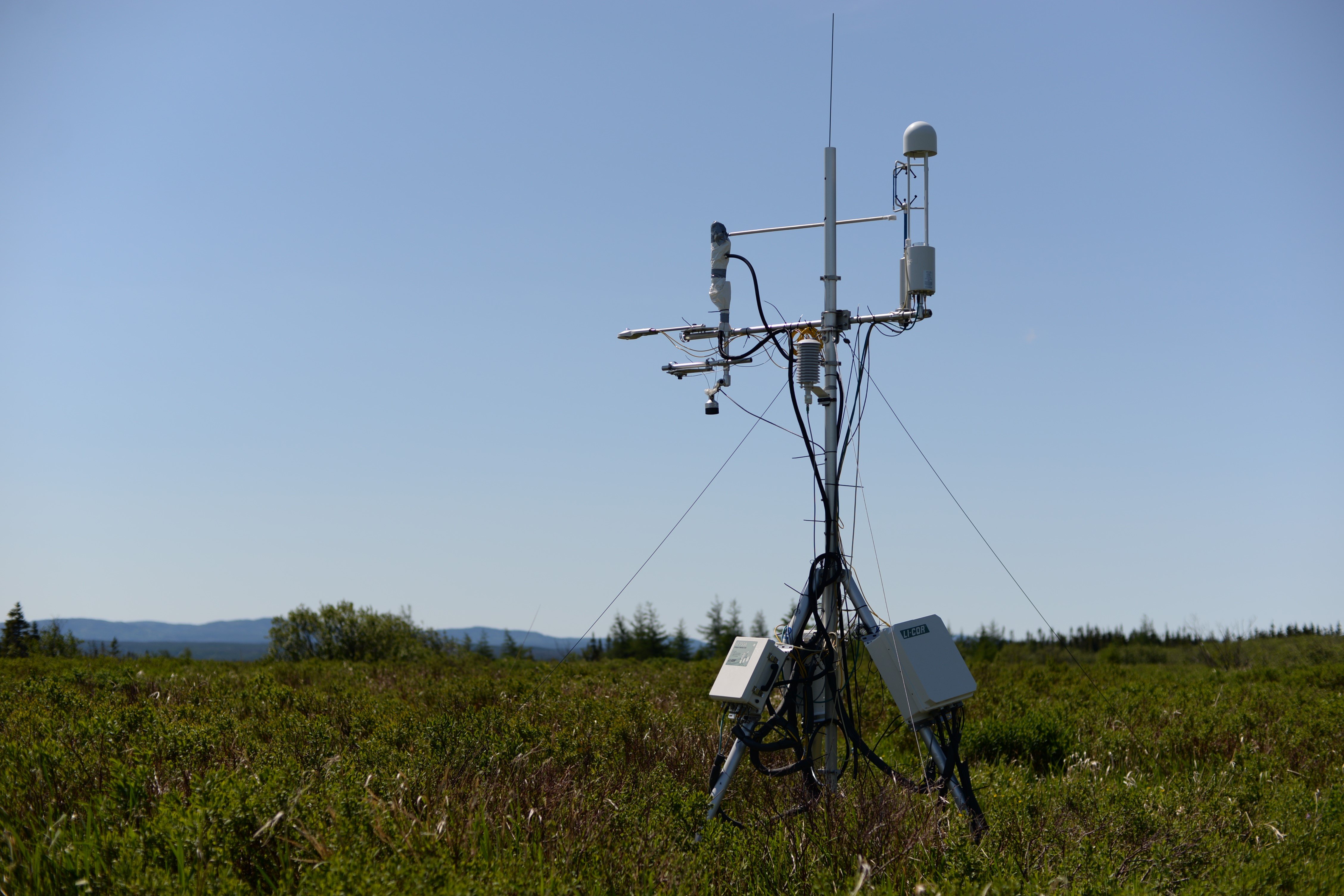Climate-Ecosystem Interaction in Northern Wetlands
A special issue of Atmosphere (ISSN 2073-4433). This special issue belongs to the section "Biosphere/Hydrosphere/Land–Atmosphere Interactions".
Deadline for manuscript submissions: closed (8 August 2021) | Viewed by 13291
Special Issue Editors
Interests: impacts of climate change and human disturbance on carbon cycling; greenhouse gas emissions in northern peatlands
Special Issues, Collections and Topics in MDPI journals
Interests: polar climate; extratropical teleconnections; Southern Annular Mode; climate–ecosystem interactions; Arctic; Antarctic
Interests: wetlands; climate change; geography; human disturbances; elemental cycling
Special Issues, Collections and Topics in MDPI journals
Interests: ecohydrology and global change
Special Issues, Collections and Topics in MDPI journals
Special Issue Information
Northern wetlands have sequestered an enormous amount of carbon (C) from the atmosphere during the Holocene. This important ecosystem function of wetlands is tightly coupled to hydrology and is continuously affected by climate change and human disturbances. Northern wetlands now store ~30% of the global soil C and are the largest natural methane emitters.
The combination of a warmer climate and an altered precipitation regime results in changes in wetland ecology and C cycling via changes in the hydrology and vegetation composition. On top of this, wetlands have been experiencing significant human disturbances that can change the role of hydrology and climate in controlling the biogeochemical and ecological processes in wetlands. orthern wetlands can potentially switch from the current “climate cooling” function to a “climate warming“ function via its large greenhouse gases (GHGs) emissions (such as carbon dioxide, methane, and nitrous oxide). However, how climate change and human disturbances affect their GHGs fluxes and climate functions is not well understood.
This Special Issue in Atmosphere aims to consolidate the latest worldwide research on addressing this urgent issue of climate–ecosystem interactions in northern wetlands. We seek high-quality contributions from, but not limited to, the research work based on field observations and measurements, laboratory experiments, process-based or mechanistic modelling, and comprehensive reviews. This Special Issue aims to make a significant contribution to a better understanding of C cycling and greenhouse gas emissions and climate–ecosystem interactions and help to come up with a better management policy on maintaining the healthy ecosystem function and stability of northern wetlands.
Potential topics include but are not limited to the following:
- Carbon and other elements cycling and greenhouse gas emissions in pristine northern wetlands, human-disturbed wetlands, and restored wetlands;
- Hydrological processes and their responses to climate change and human disturbances in northern wetlands;
- Biological and ecological processes and their responses to climate change and human disturbances in northern wetlands;
- Ecohydrological responses, such as the interactions of vegetation and hydrology, to climate change and human disturbances in northern wetlands;
- Interactions of hydrology and biogeochemistry in northern wetlands and how they respond to climate change and human disturbances; and
- Responses of microbial communities and functions in northern wetlands under climate change and human disturbances.

(Photo Copyright: Photo taken by Dr. Jianghua Wu at his research site)
Dr. Jianghua Wu
Dr. Gareth Marshall
Dr. Meng Wang
Dr. Qiu’an Zhu
Dr. Mei Wang
Guest Editors
Manuscript Submission Information
Manuscripts should be submitted online at www.mdpi.com by registering and logging in to this website. Once you are registered, click here to go to the submission form. Manuscripts can be submitted until the deadline. All submissions that pass pre-check are peer-reviewed. Accepted papers will be published continuously in the journal (as soon as accepted) and will be listed together on the special issue website. Research articles, review articles as well as short communications are invited. For planned papers, a title and short abstract (about 100 words) can be sent to the Editorial Office for announcement on this website.
Submitted manuscripts should not have been published previously, nor be under consideration for publication elsewhere (except conference proceedings papers). All manuscripts are thoroughly refereed through a single-blind peer-review process. A guide for authors and other relevant information for submission of manuscripts is available on the Instructions for Authors page. Atmosphere is an international peer-reviewed open access monthly journal published by MDPI.
Please visit the Instructions for Authors page before submitting a manuscript. The Article Processing Charge (APC) for publication in this open access journal is 2400 CHF (Swiss Francs). Submitted papers should be well formatted and use good English. Authors may use MDPI's English editing service prior to publication or during author revisions.
Keywords
- northern wetlands
- climate change
- human disturbances
- carbon cycling
- elemental cycling
- greenhouse gas emissions
- hydrology
- ecohydrology
- microbial communities
- biological processes
- biogeochemical processes
Benefits of Publishing in a Special Issue
- Ease of navigation: Grouping papers by topic helps scholars navigate broad scope journals more efficiently.
- Greater discoverability: Special Issues support the reach and impact of scientific research. Articles in Special Issues are more discoverable and cited more frequently.
- Expansion of research network: Special Issues facilitate connections among authors, fostering scientific collaborations.
- External promotion: Articles in Special Issues are often promoted through the journal's social media, increasing their visibility.
- e-Book format: Special Issues with more than 10 articles can be published as dedicated e-books, ensuring wide and rapid dissemination.
Further information on MDPI's Special Issue polices can be found here.








